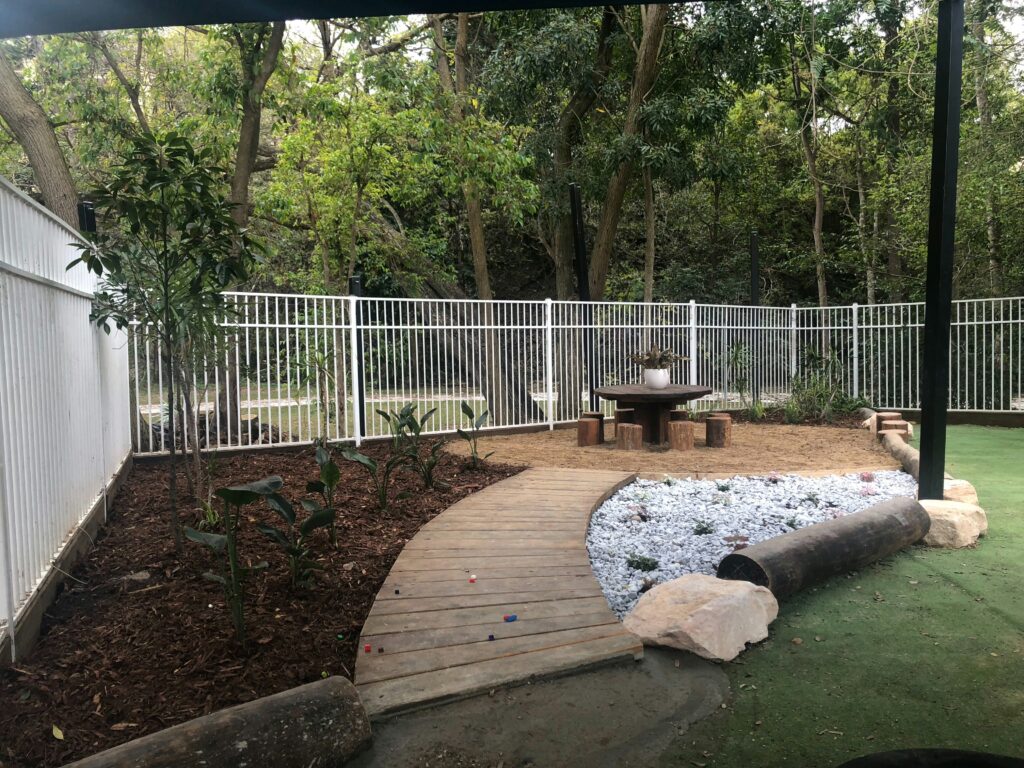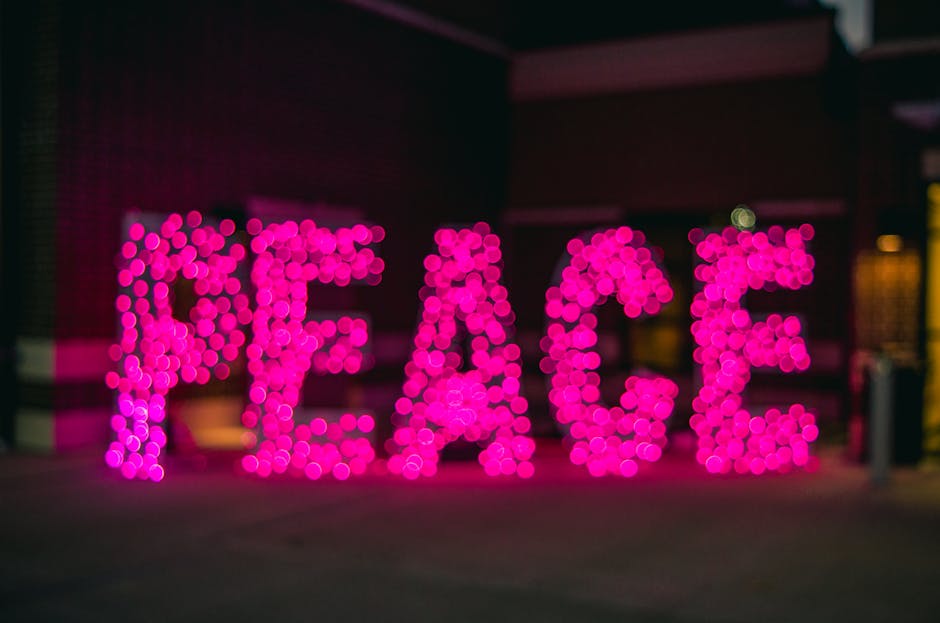Why a Quick Backyard Upgrade Matters
You don’t need a big budget or a full renovation to give your backyard a facelift. Small, strategic updates can completely shift the vibe—making the space more inviting, more practical, and a lot more enjoyable. Whether you’re hoping for a spot to host a few friends, sip coffee alone, or just escape your own walls, your backyard can be whatever you want it to be—without tapping into savings.
It’s about working with what you have. A few low-cost changes—string lights, reusing old planters, adding mulch or gravel—can carve out purposeful zones and reset the whole mood. Think less chaos, more calm. More comfort. More function. Especially if you’ve been inside a bit too long.
Quick doesn’t mean shallow. Done right, even basic fixes can create a feeling of transformation. And that’s the whole goal: an upgrade you can feel, not just see.
Step 1: Declutter and Define Your Space
Start with the basics. Step one to any good backyard upgrade is to clear the clutter. Pick up broken planters, fallen branches, toys that haven’t moved in a year. If it doesn’t have a purpose, it goes. Next, trim the overgrowth—grass, shrubs, or those vines that are trying to eat your fence. It doesn’t need to be perfect, but it does need to feel intentional.
Once the space is clean, turn your attention to layout. Whether your yard is a small square or a sprawling lawn, give it structure. Define zones: set up a dedicated dining spot, carve out a corner for lounging or fire pits, leave a patch for gardening or play. You don’t need new furniture—just change the flow.
To keep it orderly without spending much, use simple edging, stones, rope lines, or even planter boxes to break things up visually. It signals function, adds polish, and makes your yard feel instantly more put together without a full-blown remodel.
Step 2: Add Visual Texture with Lighting
Don’t underestimate what a string of lights can do. Solar-powered string lights or LEDs are cheap, easy to install, and instantly shift the mood of a backyard. Drape them over a fence, wrap them around a tree, or line the edge of a patio. No electrician required—just a bit of your afternoon.
Pathway markers give a practical glow and stop guests from trampling your plants. You can find solar options that stake right into the dirt or low-profile fixtures that hug the ground. Wall-mounted lights are another option—great for patios, sheds, or pergolas. They give just enough light to make the space feel usable after the sun dips.
Want more? Use uplighting to highlight a favorite tree, wall, or fountain. A simple spotlight at the base adds drama and makes your yard look twice as styled at night. With a few placements and a little planning, your backyard doesn’t just get lit—it gains character.
Step 3: Install or Refresh a Compact Patio
You don’t need to go all out to carve out a decent patio. Start with what you’ve got or switch it up with low-effort options. Gravel is one of the quickest alternatives to traditional pavers—cheap, drains well, and looks clean. Concrete tiles give you a finished feel without a heavy install. And interlocking deck tiles? Snap them together, no tools needed, no headaches.
Got an old slab? Don’t rip it out—paint it. A coat of masonry paint or stencil design instantly lifts the space. Earth tones for calm. Bold colors if you want pop.
Then layer in the details. Container plants break up all that hard surface and give it life. They’re movable and low-commitment—ideal for renters, too. Drop a durable outdoor rug under your seating area to ground the space and bring texture. You’ve got yourself a patio that actually works, without a full-blown reno.
For more small-space patio inspiration, check out the Compact Patio Ideas for Small Spaces with Big Impact.
Step 4: Build-Your-Own Vertical Garden or Planter Wall
Not all greenery needs to live on the ground. If your space is tight or your patio feels flat, vertical gardening adds a big visual upgrade without eating up square footage. Start with structure—reclaimed wood, old ladders, or even free pallets propped against a wall work great. A little sanding and stain can make even scrap look intentional.
Next, layer in your greenery. Herbs like basil or thyme are low-maintenance and kitchen-ready. Succulents bring color and require almost no upkeep. Trailing vines like pothos or ivy help soften hard edges and add movement. Arrange by size or shape—there’s no wrong answer, just keep it green.
This move isn’t just about looks. Vertical planting boosts privacy, adds shade to dull corners, and gives you something calming to focus on mid-week.
Step 5: Furniture Refresh—No Need to Buy New
New isn’t always necessary. Start with what you’ve got. That old metal chair? Sand it down, slap on a coat of outdoor spray paint. Wooden bench looking rough? Clean it, give it a light sanding, and hit it with a weatherproof stain or paint. Quick, easy, and suddenly it looks intentional.
Next up: comfort. Removable cushions are a game changer. Go for weather-resistant fabrics so you’re not dragging everything inside at the first drop of rain. If you’re up for a little DIY, even no-sew cushion covers get it done.
Need extra seating without the high price tag? Crates and cinder blocks have been backyard heroes for years. Stack them, secure them, top with a cushion—and you’ve got yourself a sturdy spot to relax or host. It’s functional, budget-friendly, and has just enough edge to look curated, not cobbled together.
Step 6: Shade Shortcuts
Sunlight can make or break your backyard vibe. Quick shade solutions not only keep things cool but anchor your space visually. First up: sail shades. You can grab one for cheap online or at a local hardware store, and installation is straightforward—just secure it between trees, posts, or corners of your house. If you want something more permanent (but still budget-friendly), consider building a simple pergola out of 2x4s or reclaimed wood. No pro carpentry skills required—just a drill, screws, and some patience.
For something quicker, hang up old curtains, canvas, or even bedsheets between poles or walls. It’s instant shade with a loose, beachy feel. Bonus points if you find weather-resistant fabric.
If you’ve got a bit of money to play with, retractable awnings or canopy tracks give you flexibility—shade when you need it, open sky when you don’t. It’s an upgrade that works hard and looks sharp.
Step 7: Add a Water or Fire Feature
Nothing transforms a backyard like fire and water—and you don’t need a fat budget to make it happen.
Start with a fire pit. You can build one in an afternoon using bricks, a metal bowl, or a mix of both. No need for fancy gas lines or store-bought kits. Just clear a spot, stack your materials safely, and you’ve got a heat source, s’mores station, and conversation hub all in one.
Not into fire? A compact fountain might be your move. Grab a large planter, submerge a small pump, and add stones or a second pot on top for overflow. The materials are cheap, the build is simple, and the sound of bubbling water sets the mood fast. Bonus: it masks neighborhood noise.
These upgrades are all about low-lift, high-impact. Even a small flame or trickling water changes how a space feels—no frills, big payoff.
Final Touches That Take it Over the Top
When it comes to finishing touches, small visual hacks can do the heavy lifting. An outdoor mirror, hung on a fence or shed wall, adds instant depth. It tricks the eye into thinking your space stretches further than it does—not to mention it reflects light and greenery to boost the mood.
Next up: color. Painting a statement wall or fence panel gives your yard a fast jolt of character. Whether you’re going for bold contrast or earthy calm, one solid coat can shift the whole vibe. It costs far less than a full redesign but makes a big visual impact.
For the ground, skip the high-maintenance lawn drama. Pebbles, mulch, or artificial turf give you clean lines and low effort. Pebbles can outline zones or walkways, mulch instantly improves plant beds, and turf offers that green look year-round—without watering or mowing. These choices aren’t just aesthetic; they’re practical, too.
In the end, it’s all about sharpening what you’ve built. These final upgrades pull the space together, fast—no need for a major budget or crew.
Wrap-Up: Fast Doesn’t Mean Boring
Small Changes, Big Impact
Just because a backyard upgrade happens quickly doesn’t mean it lacks quality or intention. The ideas we covered—from lighting tweaks to vertical gardens and DIY patio updates—prove that speed and style can absolutely go hand-in-hand.
– Each upgrade focuses on high visual and functional return
– No heavy construction or costly contractors required
– Projects can be finished in a day or a weekend
DIY + Creativity = Lasting Results
The key to getting the most from any backyard refresh is the mix of hands-on effort with some clever thinking. Even on a tight budget, small additions like a painted accent wall, a simple fire feature, or a shaded relaxation zone can create a space that feels personal and inviting.
– Embrace repurposed materials to save money and add character
– Add personal touches: your favorite plants, handmade decor, or custom seating
– Don’t aim for perfection—aim for comfort and usability
Size Isn’t Everything
Whether you’re working with a large yard or a compact patio, the feeling of escape and comfort is what truly defines a great outdoor space. Thoughtful zoning, a few lighting tricks, and strategic greenery can transform even the smallest area into a personal retreat.
– Focus on function: decide what your space needs most (lounging, dining, playing)
– Layer textures, colors, and heights for a dynamic look
– Remember: it’s about how the space feels, not how much space there is
Your backyard doesn’t need to be a magazine spread to feel like a sanctuary. With a few quick, creative projects, you can build an outdoor retreat that’s ready to enjoy—without waiting weeks or spending thousands.


 Home & Interior Design Specialist
Home & Interior Design Specialist
